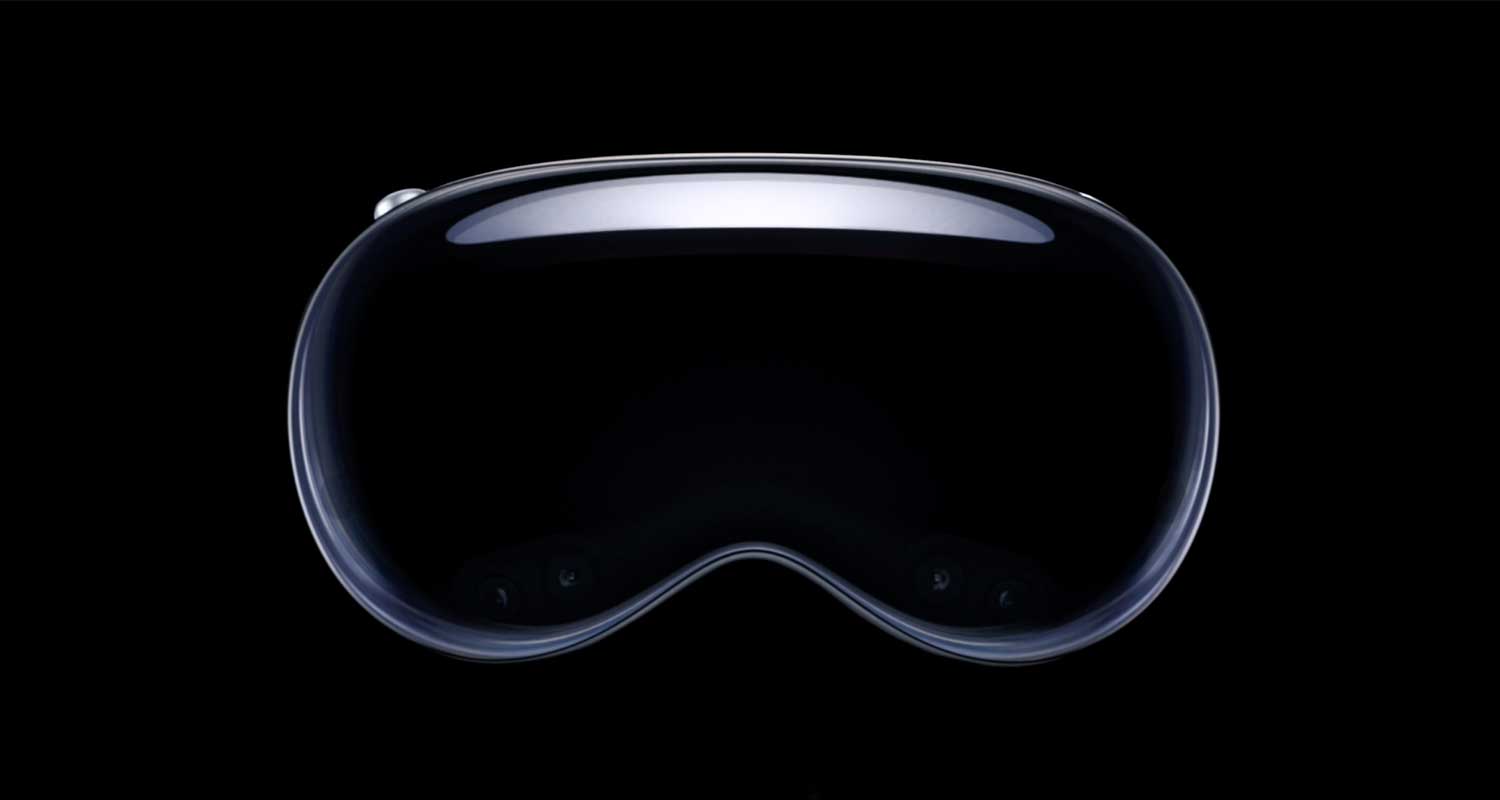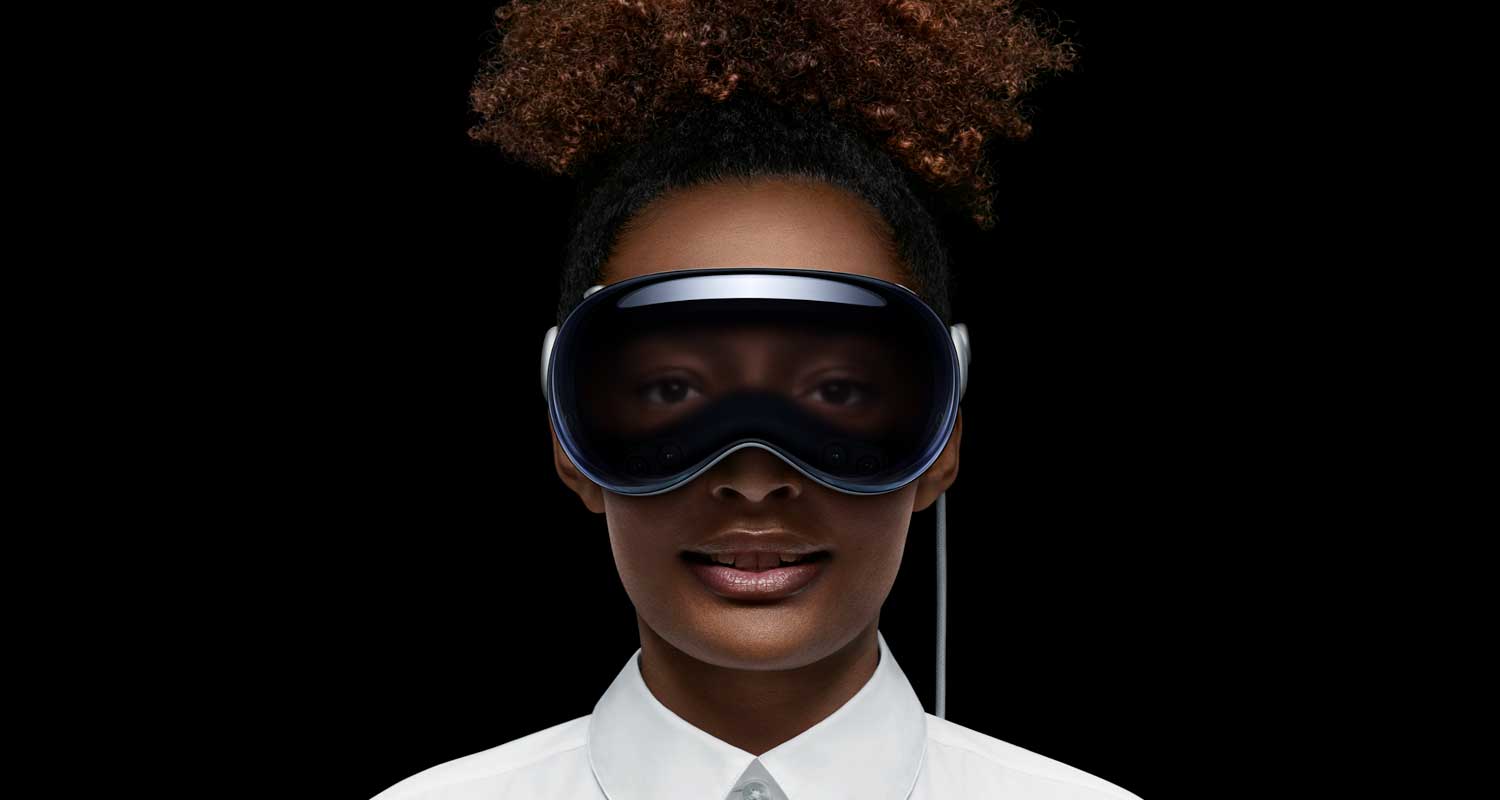 Apple’s Vision Pro headset is an overpriced laggard with no proven market and a decade of history to show why it should fail. Which is precisely the reason its entry into the virtual-reality sector could ignite a boom among rivals fighting to improve their own devices using cheaper components and new technologies.
Apple’s Vision Pro headset is an overpriced laggard with no proven market and a decade of history to show why it should fail. Which is precisely the reason its entry into the virtual-reality sector could ignite a boom among rivals fighting to improve their own devices using cheaper components and new technologies.
It’s rare that Apple is first to market on anything. We know it wasn’t the premier laptop maker, was late to the MP3 business, and certainly didn’t invent the smartphone. Yet in each case, the Californian company brought out what it envisioned was the best version of a device, one that focused heavily on user experience and needs.
A key feature of its new-product strategy is to not get trapped by technological barriers, and instead plough ahead confident in the belief they can be overcome. And if not, Apple leaders have rarely been shy to pull a product or re-engineer it to ensure the user experience remains the top priority.
One famous example is Steve Jobs’s dissatisfaction with the iPhone screen mere months before launch. It was originally to be made of plastic, but a few weeks with a demo device in his pocket jangling with a set of keys revealed how easy it was to scratch. He got to work rebuilding the device around a glass panel instead.
When the company suddenly switched materials its suppliers were crucial to solving the problem. Apple doesn’t assemble its own products, but it does work very closely with vendors to create new chemicals, develop innovative technologies and engineer production processes. This approach means Apple has historically blazed a path forward in hardware and materials that allowed the rest of the sector to ride its coattails. It’s common for suppliers to quietly tout their famous client as proof of technical prowess.
Two other case studies show just how influential the US company is in clearing the way for rivals to enjoy easy access to world-changing technology.
Metal shell
Apple’s Powerbook G4, released 20 years ago, introduced a metal shell to the laptop market when most competitors were still using plastic. But these new materials required a whole new approach to manufacturing. So Apple worked closely with its Taiwanese supplier to develop a laser-welding technique for assembling these cases. The result was a groundbreaking approach that, while initially challenging, taught the industry a new way to envision and build laptops. Within a few years, others followed, including brands such as Google, Dell, HP and Huawei.
Not long after, the iPhone appeared on Apple’s radar. From the outset, Jobs knew that he needed to do away with a keyboard — like that sported by the BlackBerry — and go with a touch interface. At the time, one of the most common techniques was to lay two thin plastic sheets close to each other, but not touching. A finger press pushed one against the other, completing a circuit and identifying the location of the touch. It was slow, unresponsive and flimsy.
Read: Apple’s Vision Pro is impressive but it could still be a dud
But Taipei-based start-up TPK Holding had a better approach. It used a single layer that sensed changes in electrical current caused by a finger press. This new technology was far better than anything else available, but had not yet been perfected and as a result manufacturing capacity was still lacking.
Rivals, including HTC, Nokia and Research in Motion, soon got wind of this superior solution and started using it in their own devices. Within five years, TPK’s sales to non-Apple clients had climbed 10-fold and surpassed that to the iPhone maker.
 We can expect a similar story to play out with with Vision Pro, which might best be called a mixed-reality device because it combines real and virtual worlds. HTC, Meta Platforms and Microsoft are among the companies that, until now, believed they had the best VR products. But Apple has put them back in their places. Some of this is because of the ecosystem that allows the new headset to play nicely with iPhones, iPads, AirPods and Macs.
We can expect a similar story to play out with with Vision Pro, which might best be called a mixed-reality device because it combines real and virtual worlds. HTC, Meta Platforms and Microsoft are among the companies that, until now, believed they had the best VR products. But Apple has put them back in their places. Some of this is because of the ecosystem that allows the new headset to play nicely with iPhones, iPads, AirPods and Macs.
But a major reason the Vision Pro is widely regarded as the best, after just a few days of its highly controlled demonstration to the world, is because Apple clearly spent a lot of time and money perfecting the underlying technology. This includes the “singular piece of 3D-formed laminated glass” which acts as the lens, alongside a suite of advanced sensors, as well as the miniature high-quality micro‑OLED screens.
Apple has been working hard to develop its own displays for at least eight years and says it filed more than 5 000 patents related to the Vision Pro alone. This means that a lot of the technologies deployed in the device will be exclusive. But not all of them — many may not even be owned by the company.
Read: Hands on with Apple’s new Vision Pro headset
Equally important for both Apple and its rivals is the US$3 500 price tag that prohibits it from becoming a mass-market device, but gives a lot of room for cost shrinkage. Over time, components will get cheaper and production volume will escalate as vendors become more efficient at manufacturing. As happened for metal laptop cases and touch screens, the benefits will be shared across the entire supply chain.
With Apple giving rivals a template for how a mixed-reality headset should work, and by providing vendors a guide for making the parts required, the entire industry will get the kind of boost not seen since Steve Jobs unveiled the iPhone. — (c) 2023 Bloomberg LP

